Key Takeaways:
- Understanding the ideal indoor temperature range for cats is crucial to prevent heat-related illnesses.
- Recognizing the signs of heat stress and heat stroke in cats can save their lives.
- Providing a cool and comfortable environment is essential for indoor cats, especially during warmer months.
Cats are known for their love of cozy spots and sunbathing, but as temperatures rise, cat owners must ask themselves, "How hot is too hot for cats indoors?" Ensuring the comfort and safety of our feline friends requires knowledge of their heat tolerance and the ability to maintain a cat-friendly environment.
Recognizing Your Cat's Comfort Zone
Cats regulate their body temperature differently than humans. The normal body temperature for a cat ranges from 100.5°F to 102.5°F. When the indoor temperature exceeds this range, cats may begin to feel uncomfortable. It's important for cat owners to monitor the ambient temperature and observe their cat's behavior for signs of discomfort.
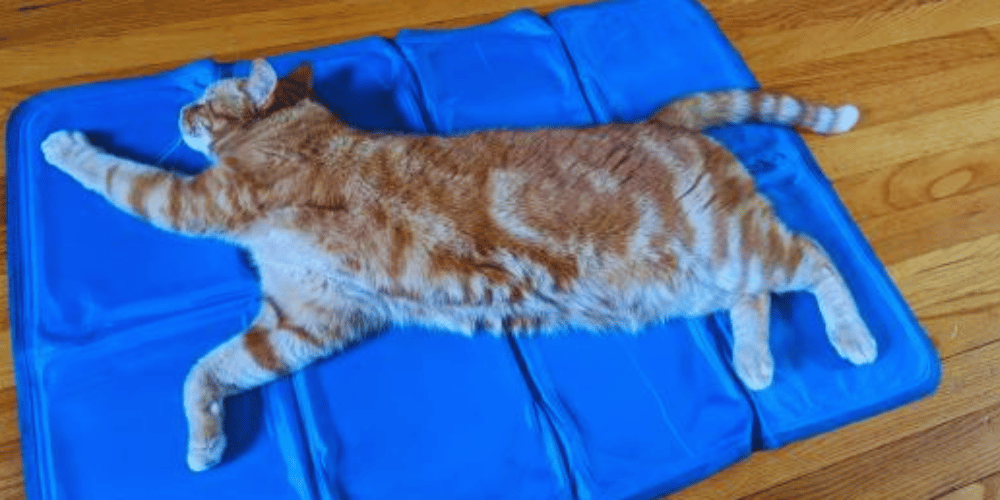
The Science of Feline Heat Tolerance
A cat's body temperature is a delicate balance. Cats handle hot weather by grooming to cool down, as the evaporation of saliva helps reduce their body heat. However, when indoor temperatures become too extreme, cats may struggle to stay cool, leading to heat stress or even heat stroke.
Ideal Indoor Temperatures for Cats
Most cats tolerate hotter temperatures well, but the indoor temperature should ideally be kept between 75°F and 78°F. During warmer temperatures, it's crucial to provide a cooler room or a cool surface for cats to lie on to help them regulate their body temperature.
Signs of Overheating in Cats
Cat owners should be vigilant for signs of heat exhaustion or heat-related illness. Symptoms include panting, lethargy, drooling, fever, vomiting, or collapse. If you notice these signs, it's imperative to lower your cat's temperature gradually and seek veterinary care immediately.
Creating a Cool Oasis for Indoor Cats
To keep indoor cats cool, ensure they have access to fresh water and shade. Avoid direct sunlight in their living space and consider using air conditioning or fans to create a cool environment. Cooling mats and ice cubes in their water can also help maintain a comfortable temperature.
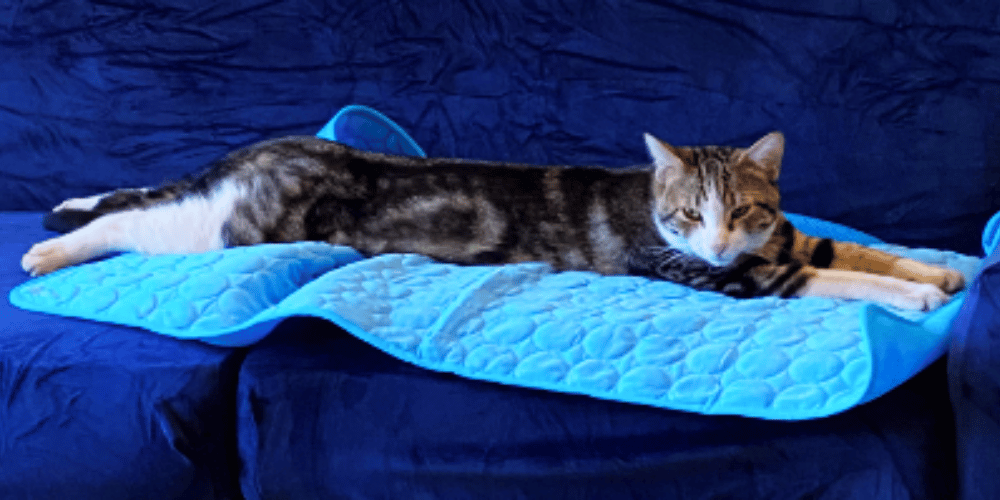
The Role of a Cat's Coat
A cat's fur acts as insulation, which can be both a blessing and a curse. While it protects them from the sun, it can also trap heat. Regular grooming can help remove excess fur and prevent overheating. Long-haired cats, like the Maine Coon, may require extra attention to keep their coats manageable in the heat.
Special Considerations for Vulnerable Cats
Senior cats, overweight cats, and those with health issues may have a lower heat tolerance. These cats should be monitored closely, and extra steps should be taken to ensure their environment remains within a safe temperature range.
The Dangers of High Humidity
High humidity can exacerbate the effects of high temperatures. Cats' ability to cool themselves through grooming is less effective in humid conditions, increasing the risk of heat stress. Keeping the indoor humidity at a comfortable level is just as important as managing the temperature. Acclimatization and Adaptation Strategies for Cats When it comes to managing the heat, understanding how cats acclimatize to warmer environments is crucial.
A cat's body temperature normally operates within a range that is slightly higher than humans, making them somewhat more tolerant to heat. However, as the temperature rises, cats will adapt by seeking cooler areas and conserving energy. They may stretch out on cool surfaces or become less active during the hottest parts of the day. Observing your feline friend's behavior can provide insights into how well they are adjusting to the indoor climate and whether additional cooling strategies might be necessary.
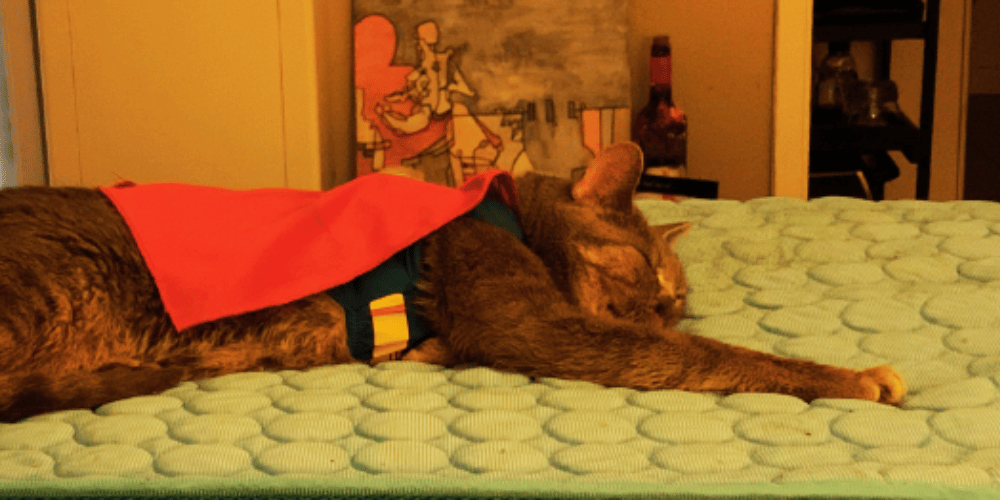
Adaptation also involves physiological changes. A cat's blood vessels can expand, allowing for better heat dissipation. This is a natural response to hot temperatures, but there's a limit to how much this can help if the environment remains excessively warm.
As a pet parent, you can aid your cat's natural adaptation by ensuring there are plenty of shaded areas and cool spots in your home. Providing a cooling mat or adjusting your cooling system can further support your cat's health and comfort during the summer heat.
Nutritional Considerations During Warmer Months During the warmer months, a cat's dietary needs may shift slightly. Just like humans, cats can experience a decrease in appetite when they're feeling too much warmth. It's important to monitor your indoor cat's food intake to ensure they're getting the necessary nutrients without overfeeding, which can lead to a higher body temperature and exacerbate the risk of heat-related illness. Offering smaller, more frequent meals can help maintain their energy levels without overburdening their digestive system.
Hydration, too, becomes even more critical as the mercury climbs. Always provide your cat with fresh, cool water. Some cats may enjoy ice cold water or may be enticed to drink more frequently with a water fountain designed for pets.
Remember that outdoor cats will also need access to clean water sources. For long-haired cats, consider a diet that supports skin and fur coat health, as a well-maintained fur coat can actually help regulate a cat's temperature and keep them cool.
Adjusting Your Home's Climate for Your Cat
Cats are sensitive to their environment, and as a pet parent, it's crucial to maintain a home climate that keeps your cat comfortable and safe. Warm temperatures can be challenging for cats, especially since a cat's body temperature normally runs higher than ours.
To prevent your feline friend from overheating, consider setting your thermostat to a cooler setting during the summer months. This doesn't mean your home should feel like a refrigerator, but keeping it within a normal range that's a few degrees cooler than the temperature outside can make a big difference for your cat indoors.
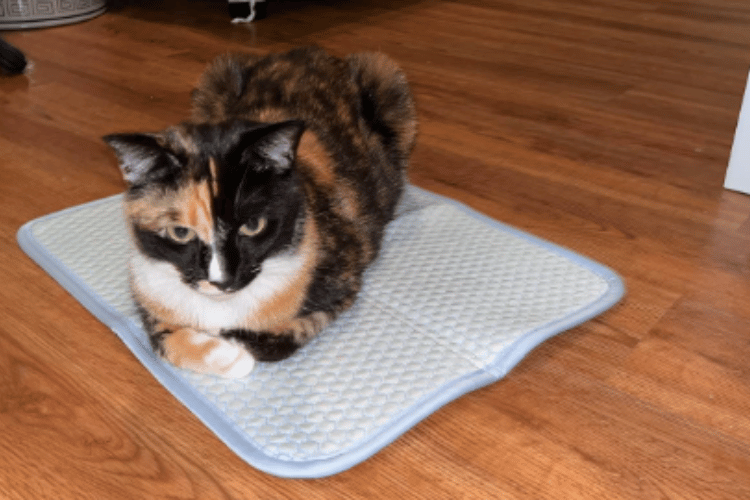
In addition to adjusting the thermostat, think about the humidity levels in your home. Cats, much like humans, find high humidity combined with warm temperatures to be quite uncomfortable. High humidity can prevent a cat's body temperature from cooling effectively because it slows down the evaporation of sweat.
Using dehumidifiers can help maintain a warmer environment that's not oppressive. This is particularly important for long haired cats whose dense cat's fur can trap heat close to their skin, making it harder for them to stay cool cats.
Understanding Cat's Body Temperature Regulation
Cats have a remarkable ability to regulate their body temperature, but they can still fall victim to high body temperatures, especially in poorly ventilated or excessively warm indoor environments.
A cat's body temperature typically ranges between 100.5°F and 102.5°F. When the ambient temperature rises, cats will attempt to dissipate heat through their behavior, such as seeking cooler areas, stretching out, or panting. Their fur acts as insulation, which can be both a blessing and a curse depending on the circumstances.
The physiology of a cat's heat tolerance is quite fascinating. Unlike humans, cats don't have an abundance of sweat glands. They do sweat, but primarily through their paw pads. Additionally, a cat's blood vessels can expand, allowing for better heat dissipation.
However, in extreme heat, these natural cooling mechanisms may not suffice, putting cats at risk of overheating. It's crucial for pet owners to recognize the limits of their cat's heat regulation capabilities and take proactive steps to ensure their comfort and safety.
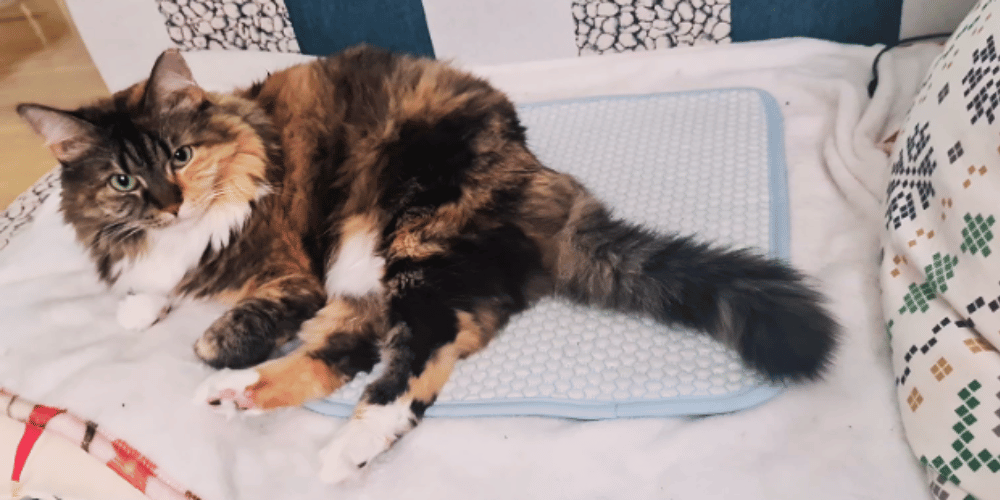
Recognizing Early Signs of Heat Stress in Cats
Cats are stoic creatures, often masking discomfort until it becomes severe. As a pet parent, it's crucial to recognize the early signs of heat stress to prevent cats from overheating. A cat's body temperature normally ranges between 100.5°F and 102.5°F. When the ambient temperature rises, a cat's heat tolerance is put to the test. Early signs of heat stress include excessive panting, restlessness, and increased grooming as they attempt to cool off through the evaporation of saliva.
Observing your cat's behavior is key to early detection. If your cat is seeking cooler spots more frequently, has a decreased appetite, or shows a sudden change in energy levels, these could be indicators that your cat's temperature is rising. It's essential to act promptly, as prolonged exposure to high temperatures can lead to heat-related illness. Always ensure your cat has access to fresh water and a cool environment to help regulate their body temperature.
Long-Haired Cats and Heat: Special Attention Required
Long-haired cats, with their luxurious coats, require special attention during warmer periods. Their dense fur acts as insulation, which is beneficial in cold weather but can be a disadvantage when temperatures climb. To assist in managing a long-haired cat's body temperature, regular grooming is vital. Brushing helps to remove excess fur and can prevent matting, which can trap heat close to the cat's skin.
In addition to grooming, consider creating a comfortable and cool retreat for your long-haired companion. This can be as simple as providing access to tiled floors or placing a fan near their favorite resting spot. Monitoring your long-haired cat's comfort level is especially important, as they may overheat more quickly than their short-haired counterparts. By taking these proactive steps, you can help ensure your long-haired cat remains cool and comfortable even on the hottest days.
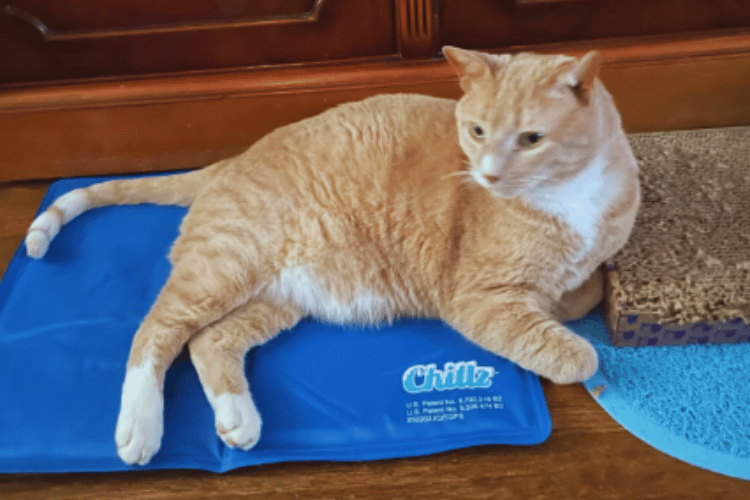
Special Grooming Needs for Heat Management
When it comes to a cat's coat, grooming plays a pivotal role in heat management, particularly for long-haired cats. Regular brushing helps remove loose fur and decrease the insulating effect, which can trap heat close to a cat's skin. For some long-haired breeds, a professional groomer might even suggest a summer trim to help prevent overheating. However, it's important to never shave a cat's fur completely, as it protects them from sunburn and helps regulate their temperature.
On the other hand, a cat's fur can also aid in cooling. As cats groom themselves, the evaporation of saliva from their fur can provide a cooling effect, similar to sweating. Cat owners should be mindful of their pet's grooming habits and encourage them by providing a calm and cool environment. Additionally, ensuring that a cat's health is in top shape is vital, as underlying health issues can affect their ability to regulate their body temperature and increase the risk of heat-related illnesses.
Feline-Friendly Home Modifications
When it comes to creating a comfortable home for your cat, there are several modifications you can make that go beyond just the air temperature. For instance, cats love to find cozy spots to curl up in, so consider providing multiple shaded areas where they can escape the heat. You can do this by rearranging furniture to create shady nooks or by installing cat shelves with breathable fabrics. These spots will be especially appreciated by cats with thick cat's coats who tend to absorb more heat.
Another modification is to ensure that your cat has access to fresh, cool water at all times. Cats are more prone to heat-related illnesses when they're dehydrated. You might even consider a cat water fountain, which encourages drinking through running water and can keep the water cooler.
Remember, a cat's health can be significantly impacted by overheating, so these home modifications are not just about comfort, but also about preventing high body temperatures and the risk of cats overheating.
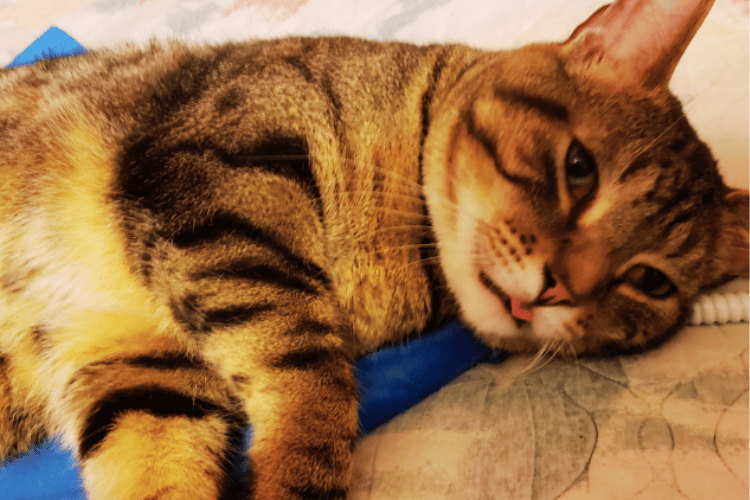
Exercise and Play in the Heat
During warmer months, it's wise to limit your cat's exercise to avoid too much exercise-induced heat. Encourage play during cooler parts of the day and provide plenty of opportunities for rest in a cool place.
Monitoring Outdoor Temperatures
Even for indoor cats, outdoor temperatures can affect the indoor climate. Be aware of the forecast and take proactive measures to keep your home cool when temperatures rise outside.
Hydration is Key
Cats may not always drink enough water, so it's essential to keep their drinking water cool and appealing. Consider adding ice cubes or offering multiple water stations throughout your home to encourage hydration.
Utilizing Technology for a Cooler Setting
Smart thermostats and cooling systems can help maintain a consistent indoor temperature. Set them to a cooler setting during the hottest parts of the day to ensure your cat's environment remains safe and comfortable.
The Importance of Shade and Cool Places
Cats naturally seek out cool places to rest. Make sure your home has plenty of shaded areas and cold surfaces for your cat to enjoy. This can be as simple as keeping blinds closed or providing access to tiled floors.
Preparing for Temperature Fluctuations
As temperatures rise and fall, be prepared to adjust your home's cooling strategy. This may mean changing the settings on your air conditioning or moving your cat to a cooler room as needed.
The Impact of a Cat's Health on Heat Tolerance
A cat's health can significantly affect how they handle heat. Regular check-ups with a veterinarian can ensure your cat is in good health and more capable of tolerating warmer environments.
Cooling Products for Cats
There are various products on the market designed to keep cats cool, such as cooling mats or vests. These can be particularly useful for cats that struggle with the heat or for use during extreme heat waves.
The Role of Pet Parents in Heat Management
As a cat parent, it's your responsibility to ensure your cat's living space remains within a safe temperature range. Stay informed about the signs of overheating and take action to keep your cat cool.
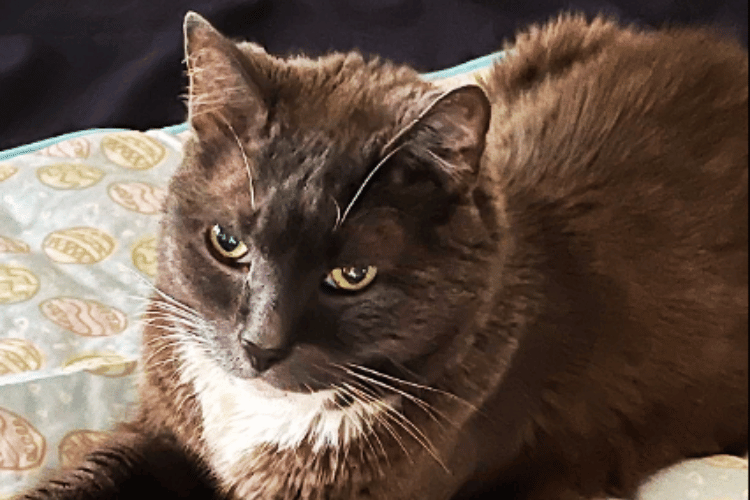
Summary
Understanding how hot is too hot for cats indoors is vital for their well-being. Maintaining an indoor temperature between 75°F and 78°F, providing fresh water, and ensuring a cool environment can prevent heat stress and heat stroke. Recognize the signs of overheating and be proactive in creating a comfortable living space for your feline friends.
FAQ Section
What temperature is too hot for cats indoors?
Indoor temperatures above 78°F can start to become uncomfortable for cats. It's important to keep the indoor temperature below this threshold, especially during a hot summer day, to prevent heat-related illnesses.
How can I tell if my cat is overheating?
Signs of overheating in cats include panting, lethargy, drooling, increased heart rate, fever, vomiting, or collapse. If you notice any of these symptoms, it's crucial to cool your cat down gradually and seek veterinary care.
Are certain breeds of cats more susceptible to heat?
Yes, certain breeds like the Maine Coon with long fur coats, overweight cats, senior cats, and those with underlying health conditions may be more susceptible to heat and may not tolerate warmer temperatures as well as other cats. It's important to take extra precautions for these cats during warm weather.
Thank you for visiting LegitLists we hope this helps you make a legitimate choice!






